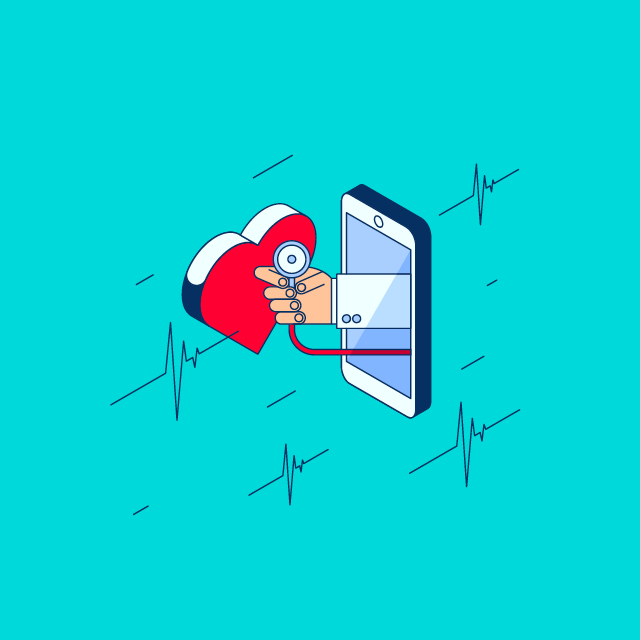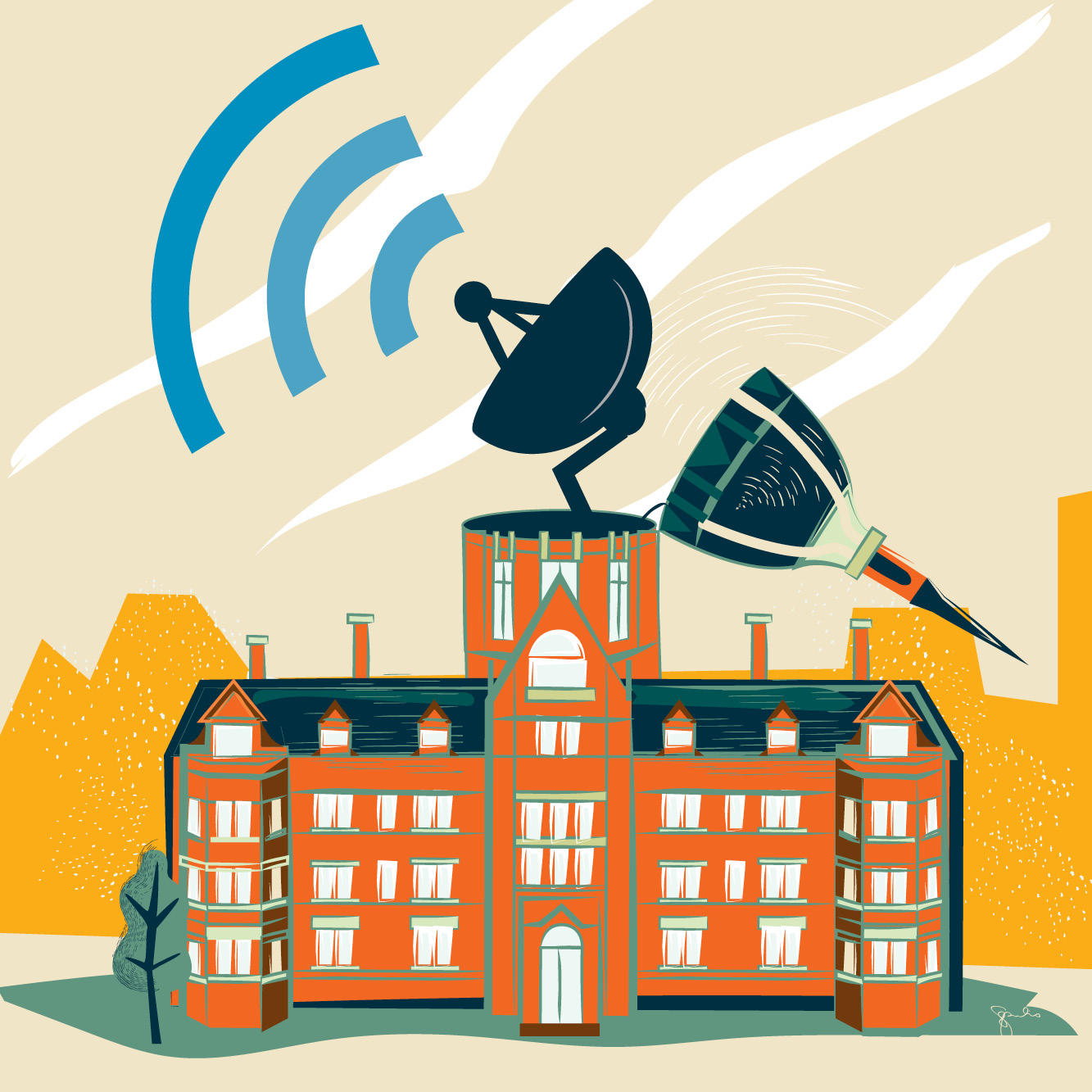The sniffles, an ear infection, a sore throat, a stomachache.
The midday phone call from the school nurse means you’ll soon be explaining to your boss and colleagues that you must leave work and shuttle your kid to a doctor. You and your child will miss at least a few hours of work and class time, likely leaving you both scrambling to catch up.
Howard County General Hospital, the Howard County Health Department and six county elementary schools are using internet technology to change the way kids get urgent school-based health care. The telemedicine program allows pediatricians to examine students via an internet-based connection.
“This helps both kids and parents,” says Elizabeth Edsall Kromm, vice president of population health and advancement at Howard County General. Kromm brought telemedicine to the hospital in 2015, taking over the program from the University of Maryland. “Acute-issue visits are disruptive in a lot of ways. Our telemedicine program is a way to keep the child at school and keep the parent at work.”
Parents can participate in their children’s telemedicine sessions via smartphone or other internet connection. From the school’s health facility, a nurse establishes a connection with a pediatric emergency specialist at the hospital, who uses high-definition technology to listen to the patient’s heart, look in the child’s ears and down the throat. “There’s not much in a telemedicine session that can’t happen,” says Kromm. “The physician can talk with both the patient and the parent, as well as use stethoscopes, otoscopes and other equipment that’s equipped with Bluetooth technology.”
After a thorough exam, the physician, nurse, parent and student decide on a course of treatment that, in many cases, can begin right away. A summary of the visit is sent to the child’s primary care provider, and a prescription, if needed, goes to the pharmacy most convenient for the parent.
With more than 1,500 students enrolled in the program, Johns Hopkins provided 257 telemedicine visits last year to the six schools, which are in underserved parts of Columbia, Elkridge and Laurel. Nearly all of the students were well enough to remain at school for the rest of the day.
Kromm says the ability to diagnose fever, conjunctivitis, strep throat or other common childhood illnesses means faster treatment and less time absent from class—and work. “Timely access to care increases time spent on schoolwork and can offset disparities in these young students’ achievement,” she says.



